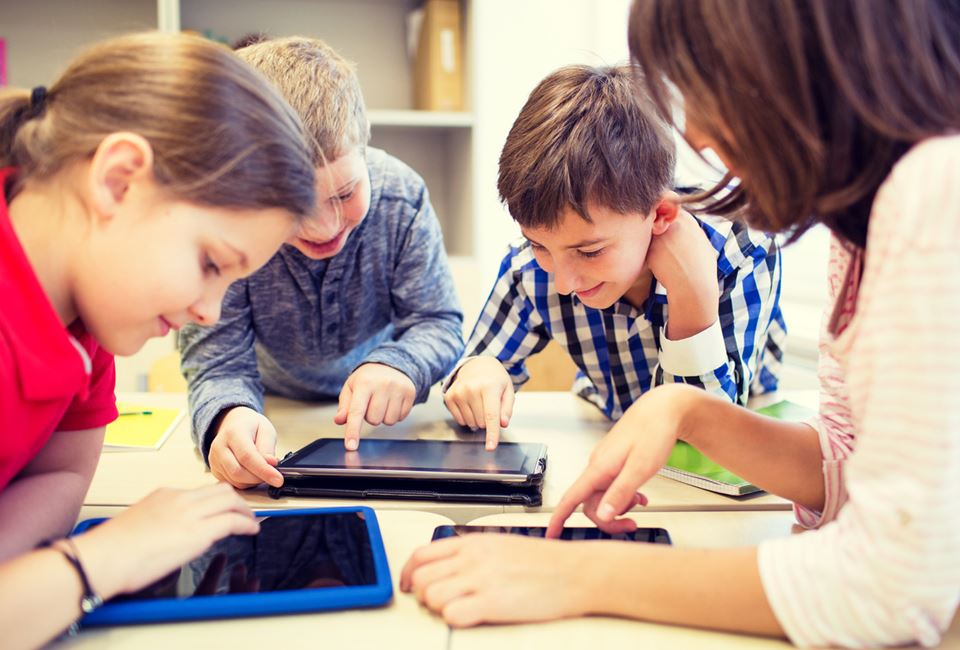Guest authors
Siw Olsen Fjørtoft, Research Scientist, SINTEF
Sylvi Thun, Research Scientist, SINTEF
Marte Pettersen Buvik, Research Scientist, SINTEF
IPads, Chromebooks and other computers have taken over Norwegian classrooms. And there won’t be any fewer of them in the future. New curriculums being introduced this autumn will be placing emphasis on more specific digital skills attainment in many subjects.
A debate is currently raging about what consequences all this will have. SINTEF now has data that may reassure the sceptics on at least one of their concerns.
While many people have felt that it is very easy for pupils to be side-tracked by non-educational material on their computers, it seems that fewer of them are now giving in to these distractions. And this at a time when we are seeing a rapid increase in the use of computers in teaching. This finding is a result of a fact-finding survey called Monitor 2019, recently completed by SINTEF for the Norwegian Directorate for Education and Training.
Rush of sensation cooling off
Only five per cent of year seven pupils are giving in to non-educational distractions on their computers, compared with twenty per cent just three years ago.
We find similar changes in pupils’ responses across the entire age range from primary to upper secondary levels – when pupils are asked whether using their computers distracts their attention during the school day and whether it steals their study time.
The likely explanation is that the rush of sensation linked to using a computer in the classroom is cooling off – there is now much less of a fuss around their use.
The fact that computers are now regarded as a natural part of teaching may also explain why fewer pupils than in the past now feel that using computers is useful for their studies. Computers have become so commonplace in teaching that it is now difficult to make “before-and-after” comparisons.
Nevertheless, well over half of the pupils surveyed still respond by saying that they feel their use of computers helps them to understand subjects better and complete their assignments more quickly.
More varied teaching
The results of the Monitor project represent current status and are not a measure of whether computer use improves learning. This has been a key issue in this autumn’s “digital school” debates.
However, the survey does illustrate how pupils and teachers feel about the benefits.
A large majority of teachers say that digital aids make it easier to differentiate teaching among their pupils, and that they allow teaching to be more varied, exploratory and experimental.
Ultimately, it is teachers’ professional judgements that are crucial to the effective use of digital aids in teaching. At the same time, the teachers are in no doubt that the digital classroom requires clear rules about what is, and what is not, permitted.
Differences between schools
There still remain differences in the effectiveness of the use of digital aids between both year classes and schools.
This emerges in reports from year seven pupils who say that they have received tuition in many more of digital activities and approaches to work than upper secondary pupils.
These differences in the field can be explained by a combination of digital competence combined with access to, and the approach to use of, computers.
The database that we have obtained will be used as a basis for further research into how these differences are distributed, for example, across the Norwegian counties and in relation to municipality size and type of school. This is important, because in Norway, all children and young people are entitled to equal educational opportunities, regardless of where they live and what school they attend. This also applies to digital aids.
This article was first published in the daily Adresseavisen on October 25.th, 2019 and is reprinted here with the permission of the paper.

